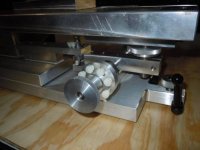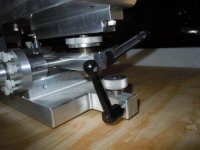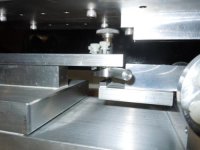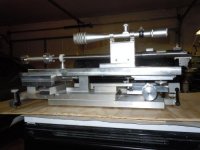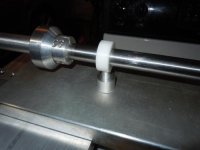Joe Woosman
Member
I'm trying to set up an indoor test range and I think a rail would be the most practical setup. I don't know much about rails. I wouldn't think I'd need anything too fancy, just functionally accurate. The best I can see from pictures, the tracking mechanisms look very similar. Older rails appear to have a thick plate as the top frame and the newer ones look like they use an I-beam design. How important is the design on these? Any input appreciated.


